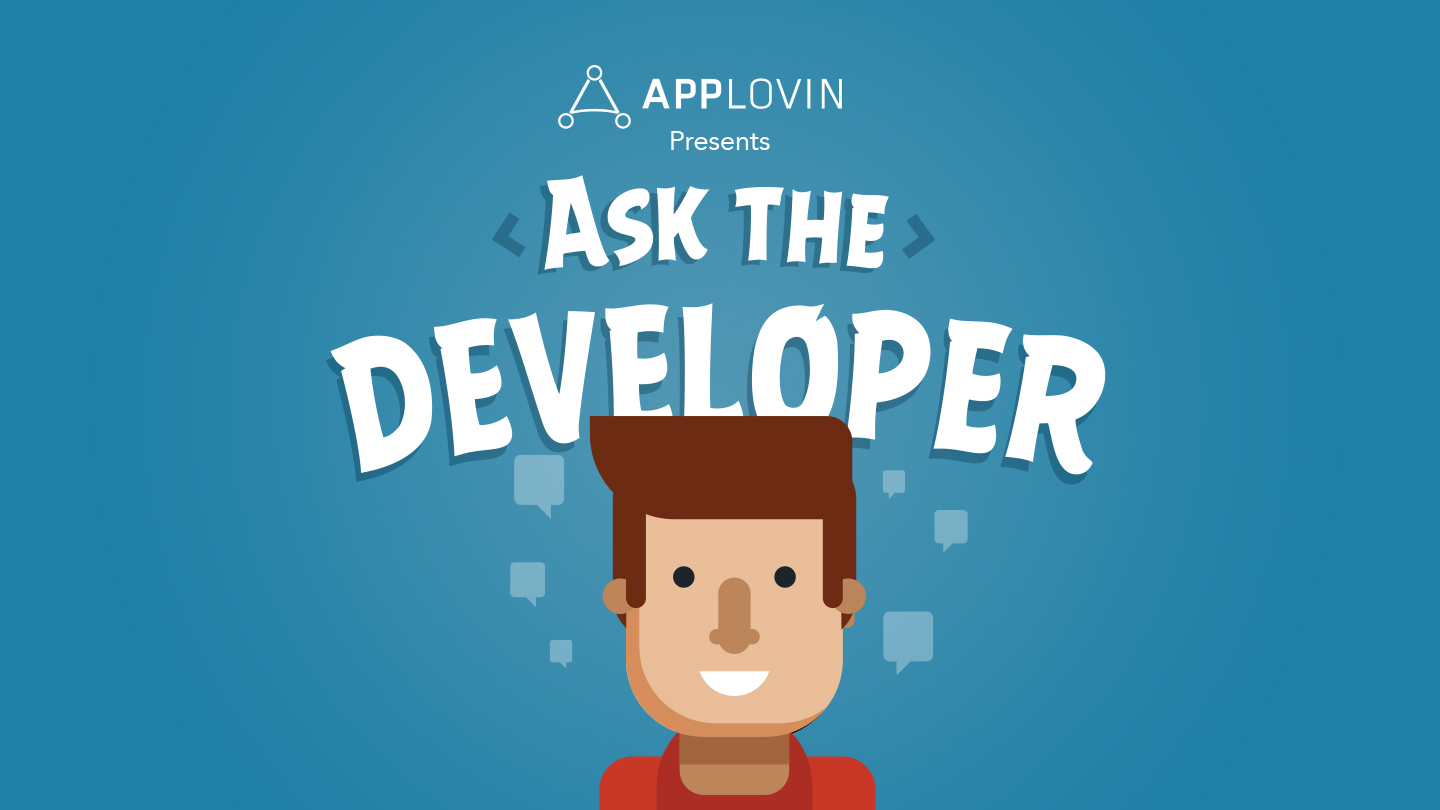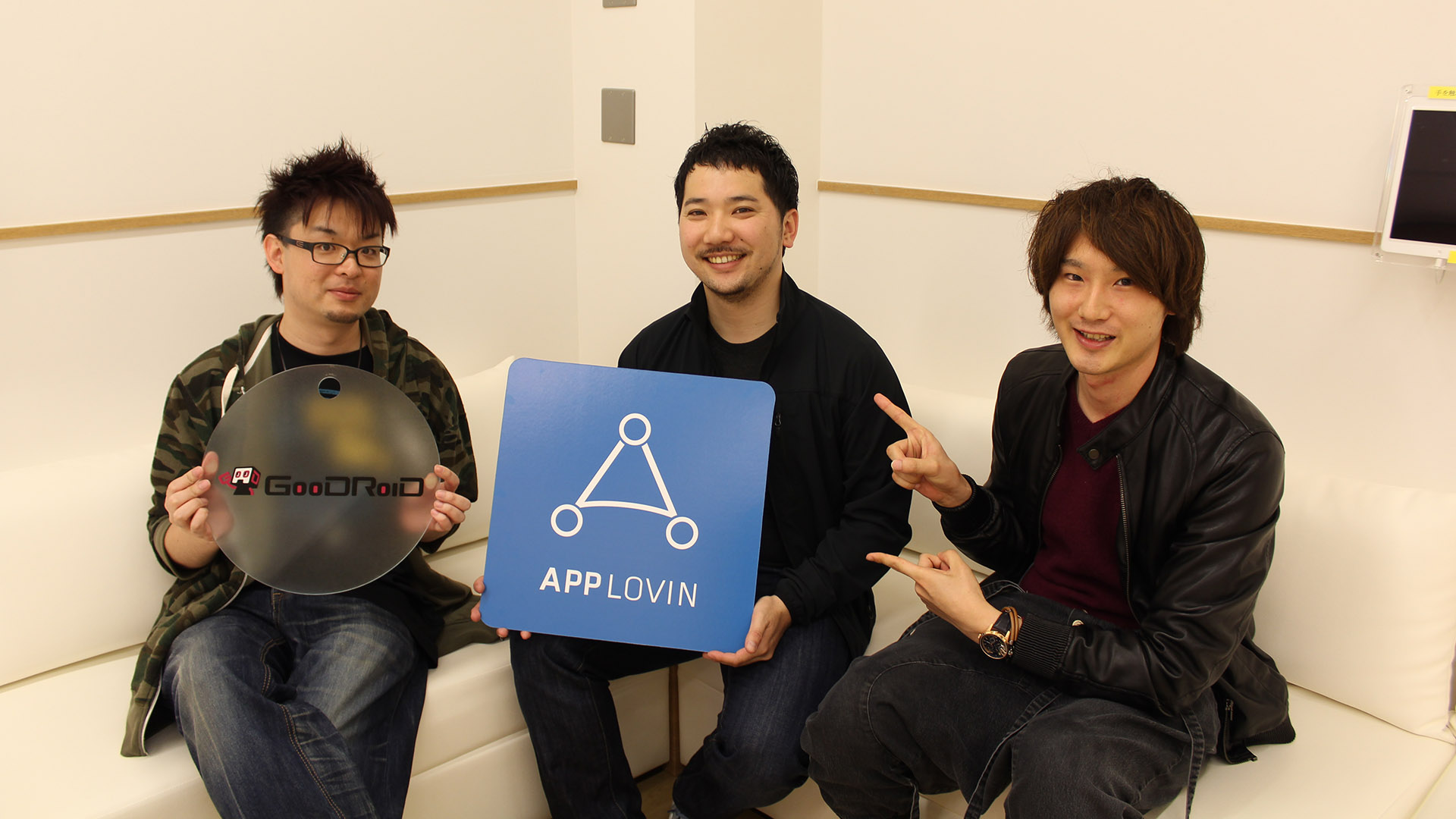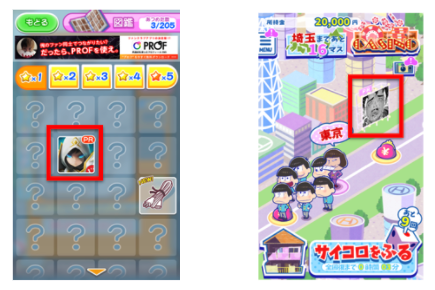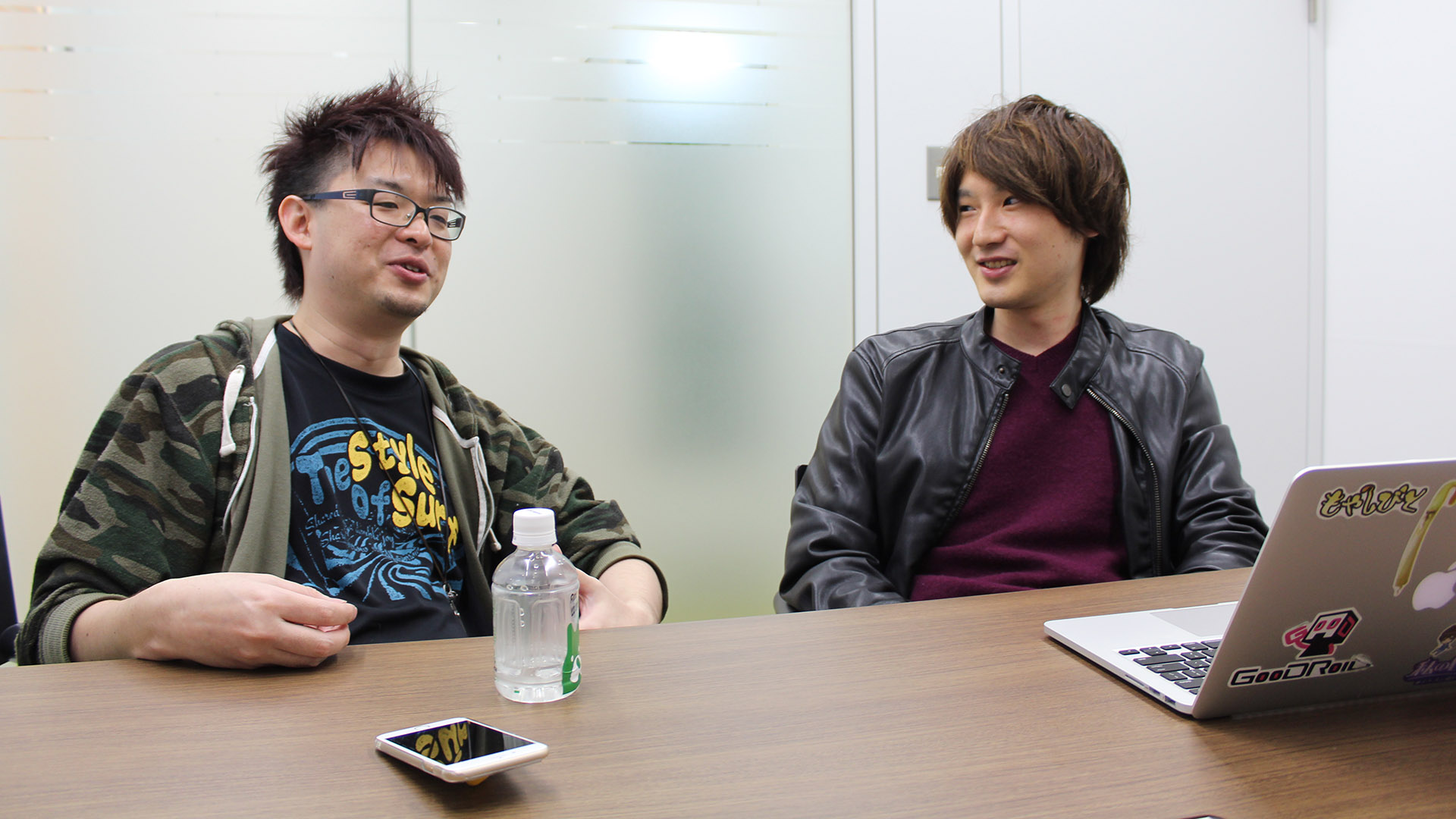Gaming, Mobile App Growth, Monetization
Ask the Developer: How native ads helped GOODROID increase revenue
Jul 27, 2017

Gaming, Mobile App Growth, Monetization

In our Ask the Developer series on our Japanese blog, we interviewed influential developers about their experiences with monetization and talked about best practices to follow. For our first interview, we spoke with casual game developer GOODROID’s CEO Matsuda-san and CTO Nagaishi-san about how native ads increased revenue from their mobile games.

One of GOODROID’s most popular games, Blue Demon 2, was downloaded over 2.5 million times within three months. Using native ads, GOODROID was able to increase its revenue by 10-15% simply by utilizing existing in-game space.
You’ve been utilizing native ads in your games, and have improved revenue. Can you tell us about the placement of these ads?
We utilize native ads in most of our games. We’ve placed them in places such as the game menu, item store, and have tried to keep their placement natural and unobtrusive.
Have you received feedback from users regarding native ads in your games?
Since their placement is so unobtrusive, we’ve heard zero complaints from users. One thing we are careful about is that sometimes the placement of native ads can be too natural. Users may tap the ad by mistake, not even realizing that it is an ad. This may cause users to be frustrated, so we are very careful to avoid this.

Examples of native ad implementation in GOODROID’s gaming apps. (The ads are highlighted in red)
Not many gaming apps in Japan have utilized native ads for monetization. Why did you decide to use them?
Native ads allow for great flexibility. We can freely choose their size and placement within games. We don’t try to place them forcefully. When we were thinking about how we could better monetize our games, we saw some empty space in our games. This lead us to thinking we could use that space for ads, and native ads seemed like the best way to go.
What positive effects have you seen after utilizing native ads?
Just by utilizing some empty space, we’ve seen our ad revenue increase by 10%. While this may not seem like a big increase, the point here is that placing these native ads was easy and not time consuming. An ad placement that requires little time and effort and will yield a 10% increase? That’s how we think of native ads, and they’ve become a staple [ad] format for us.

What factors do you think contributed to the success of your use of native ads?
As mentioned above, we were extremely careful to avoid the accidental clicking of ads. You can say the same thing about any kind of ad, but native ads are especially tricky since they are meant to seamlessly blend into the app by definition. Accidental clicks not only annoy users, but left unaddressed, they can have a negative impact on user retention rates. This can can result in a skewed CTR, which will drive down the value of ads.
Any last words of advice for developers interested in native ads as a means of monetization?
We definitely recommend you try them out. Your ad revenue can increase 10-15% if the ads are placed well. In our case, after using AppLovin to implement native ads, we saw our CPM increase from ¥20 (about $0.18), which was already high to begin with, to up to ¥60 ($0.54). Ad formats are constantly evolving; we’ve seen the rise of native ads, rewarded video, and video interstitials, all of which can yield high returns. As a developer, you need to constantly be on the lookout and decide which ad formats are best suited for your game.